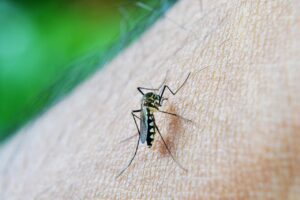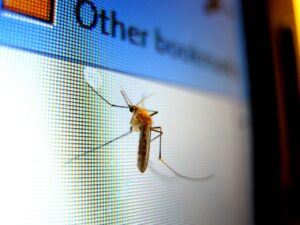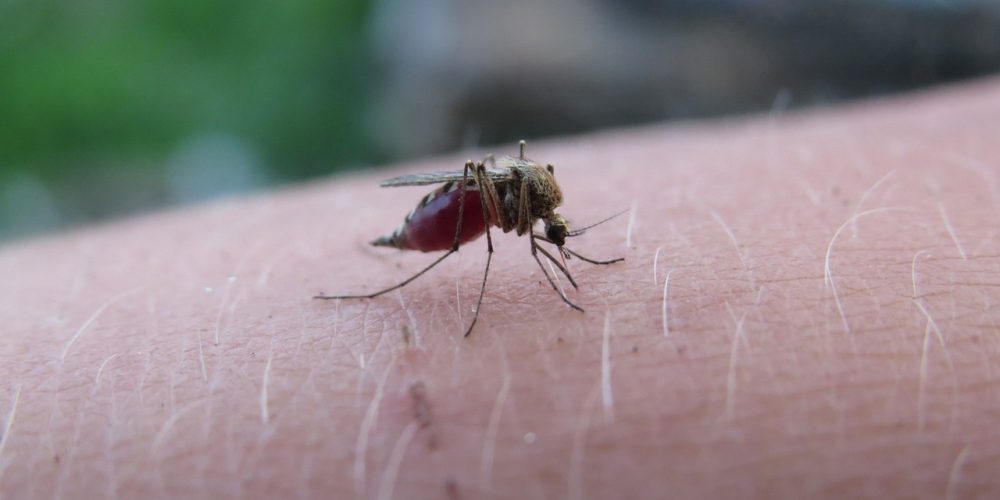Introduction: Understanding Malaria
Here in this blog, How Malaria Continues to Impact Global Health? We will discuss all about Malaria. Malaria is a serious disease caused by parasites that spread to humans through the bites of infected mosquitoes. Even though advances in medicine and healthcare have occurred, malaria continues to be a major health challenge in many parts of the world. It affects tropical and subtropical regions, especially in countries in Africa, Asia, and South America. Each year, millions of people get infected, and mosquitoes take the lives of hundreds of thousands of people. Malaria affects everyone, but young children, pregnant women, and people with weak immune systems are especially vulnerable. Understanding the causes, symptoms, and prevention methods is essential for tackling malaria and improving public health. Here we will discuss How Malaria Continues to Impact Global Health?.
What is Malaria?

Plasmodium parasites cause malaria. These parasites enter the human body when an infected mosquito bites and feeds on human blood. Five types of Plasmodium parasites can infect humans: P. falciparum, P. vivax, P. malariae, P. ovale, and P. knowlesi. Among these, P. falciparum is the deadliest and most common in Africa. Once the parasite enters the bloodstream, it travels to the liver, where it matures before entering red blood cells. This process causes the symptoms of malaria, which can be mild or severe. Malaria symptoms often include fever, chills, headaches, and fatigue.
How Malaria Spreads?

Female Anopheles mosquitoes spread malaria by biting at night, typically between dusk and dawn. When an infected mosquito bites a person, it injects Plasmodium parasites into the person’s bloodstream. These parasites can then spread to other mosquitoes when they bite an infected person. Malaria cannot spread directly from person to person, like the flu. However, in rare cases, blood transfusions, organ transplants, or childbirth can pass the disease from one person to another. Malaria transmission is highest in areas with lots of mosquitoes, especially near stagnant water where mosquitoes breed.
Symptoms of Malaria

According to our topic, How Malaria Continues to Impact Global Health? The symptoms of malaria usually appear 10-15 days after an infected mosquito bites a person, although some symptoms can take longer to show up. Common signs of malaria include fever, chills, headaches, muscle pain, and fatigue. The fever tends to come in cycles, often starting with a high fever followed by chills and sweats. In severe cases, malaria can cause complications like anemia (a shortage of red blood cells), organ failure, and cerebral malaria (which can cause coma or death). Children and pregnant women are especially at risk of severe malaria. Doctors need early diagnosis and treatment for survival and recovery.
Risk Factors for Malaria
Anyone can get malaria if a mosquito bites them, but certain factors can increase the risk of infection. Geography plays a major role, as malaria is more common in tropical regions where mosquitoes are widespread. Sub-Saharan Africa, Southeast Asia, and parts of Central and South America report the highest malaria cases. Children under five and pregnant women are particularly vulnerable due to weaker immune systems. People with compromised immune systems, such as those with HIV/AIDS, also face higher risks. In areas with limited healthcare resources, delayed diagnosis and treatment can increase the risk of complications and death.
Diagnosis of Malaria

Diagnosing malaria requires blood tests that check for the presence of Plasmodium parasites. One common method is microscopy, where doctors examine a blood sample under a microscope to identify the parasites. Doctors often use a blood smear in this process to help identify the parasite species and determine the severity of the infection. Another diagnostic tool is Rapid Diagnostic Tests (RDTs), which detect malaria antigens in the blood within 15-20 minutes. These tests are especially useful in areas with limited laboratory facilities. In areas with high malaria rates, doctors may also rely on symptoms and medical history to make a diagnosis.
Treatment of Malaria

Doctors can treat malaria, and early diagnosis is key to successful treatment. The treatment depends on the type of Plasmodium parasite and how severe the infection is. For malaria caused by P. falciparum, doctors use Artemisinin-based Combination Therapies (ACTs) as the most effective treatment. ACTs combine an artemisinin derivative with other antimalarial drugs. For malaria caused by P. vivax, doctors often use chloroquine, although the parasite may become resistant in some areas. In severe malaria cases, doctors hospitalize patients and administer intravenous medications and fluids to stabilize their condition. Quinine may be used when doctors require intravenous treatment. Doctors must provide prompt treatment to prevent complications and save lives.
Prevention of Malaria

Preventing malaria is most important in areas where the disease is common. One of the most effective prevention methods is the use of insecticide-treated bed nets (ITNs). These nets kill mosquitoes on contact, protecting individuals from mosquito bites while they sleep. Indoor residual spraying (IRS) is another method where people spray insecticides on the walls and ceilings of homes to kill mosquitoes that land indoors. For travelers visiting malaria-endemic areas, antimalarial medications such as atovaquone-proguanil or doxycycline can help prevent infection. Eliminating mosquito breeding sites by draining stagnant water can also reduce the risk of malaria transmission.
Global Efforts to Combat Malaria

International organizations, governments, and non-governmental organizations (NGOs) work together to fight malaria. The World Health Organization (WHO) plays a central role in global malaria control efforts, aiming to eliminate malaria from some regions by 2030. The Global Fund is another key player, providing financial support for malaria prevention programs, such as distributing bed nets and providing treatments. The Roll Back Malaria Partnership mobilizes resources and coordinates actions against malaria. Despite these efforts, challenges like drug and insecticide resistance, political instability, and weak healthcare systems in malaria-endemic regions persist.
The Future of Malaria: Research and Innovation

Researchers explore new methods to reduce malaria transmission, including genetically modified mosquitoes that resist the Plasmodium parasite. These mosquitoes could help prevent malaria from spreading in the future. Scientists also work on developing new antimalarial drugs to overcome growing drug resistance. They are developing improved vaccines to protect against a broader range of Plasmodium species and striving to create vaccines with higher efficacy rates. Continued investment in research and innovation will be essential to finally eradicating malaria from the world.
Conclusion: Working Toward a Malaria-Free World

Malaria remains a serious global health problem, but progress is happening in the fight against the disease. Through international collaboration, research, and better prevention and treatment methods, malaria rates have decreased in many areas. However, challenges like drug resistance, weak healthcare systems, and the high cost of prevention remain obstacles to complete eradication. Continued investment in healthcare infrastructure, research, and prevention will help bring us closer to a malaria-free world. By supporting global initiatives, raising awareness, and taking preventive measures, we can reduce the impact of malaria and work toward eradicating it for good. If you want your health solution at home then click here

